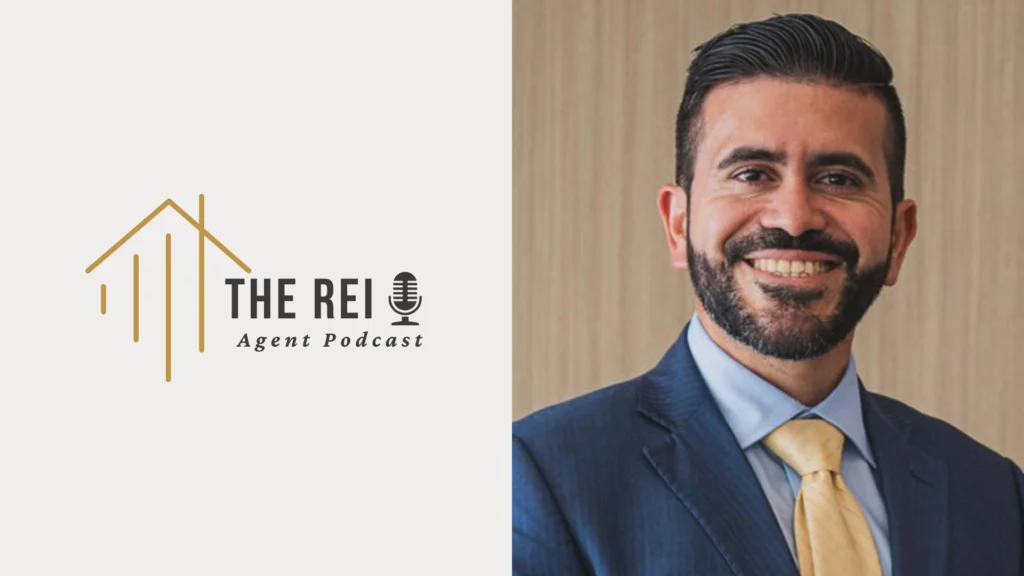Introduction: Simplifying Wealth Building with a 1031 Exchange
You might think a 1031 exchange is too complex, but with the right guidance, it can be a straightforward path to building wealth.
By deferring capital gains taxes, you can reinvest in properties that better align with your financial goals. This strategy doesn't just preserve your investment capital; it enhances your potential for portfolio growth.
But how do you select the right properties and guarantee a seamless exchange process? Discover the key steps and benefits, as well as potential pitfalls, to determine if this method aligns with your long-term aspirations.
Understanding 1031 Exchange Basics
How exactly can a 1031 exchange boost your investment strategy? Imagine you're stepping into a domain where you can swap one investment property for another without facing immediate tax consequences. It's an opportunity rooted in the 1031 exchange history, dating back to the early 20th century. Back then, it was introduced to encourage reinvestment and economic growth by allowing investors like you to defer capital gains taxes when exchanging similar property types.
By understanding the 1031 exchange, you can amplify your investment potential and accumulate wealth more effectively.
When you think about property types eligible for a 1031 exchange, it opens up a domain of possibilities. Picture yourself exchanging a rental home for a commercial building, or even a strip mall for an apartment complex. The flexibility is remarkable, allowing you to strategically diversify and grow your portfolio without the immediate tax burden.
You're able to leverage the equity from your current property into an even more lucrative investment, all while aligning with your long-term goals.
Embrace this powerful tool, and let your imagination guide your property choices. By understanding 1031 exchange basics, you're setting the stage for a more dynamic and robust investment strategy, one that's brimming with potential and ready to propel you toward financial success.
Benefits of Tax Deferral
Leveraging the advantages of a 1031 exchange goes beyond just swapping properties; it's about understanding the benefits of tax deferral. Imagine you sell a property and instead of paying taxes immediately, you reinvest those funds into another property. This strategy can considerably boost your investment portfolio because you're using money that would otherwise go to taxes. With more capital to work with, your potential for growth increases exponentially.
Here's how it breaks down:
| Scenario | With Tax Deferral | Without Tax Deferral |
|---|---|---|
| Starting Capital | $500,000 | $500,000 |
| Capital Gains Tax | $0 (Deferred) | $100,000 (Assumed 20% rate) |
| Amount to Reinvest | $500,000 | $400,000 |
By deferring taxes, your investment strategy becomes more powerful. You're not losing a chunk of your gains to taxes, allowing you to enhance your real estate portfolio more effectively. This can lead to greater tax savings over time, and with wise investments, the compounded growth can be substantial.
This approach isn't just a financial tactic; it's a pathway to building wealth, empowering you to achieve your financial goals faster and more efficiently. With each smart exchange, you're not just saving on taxes, but actively crafting a stronger investment future.
Steps to Execute a 1031 Exchange
Executing a 1031 exchange involves a series of well-defined steps that you need to follow closely to guarantee a successful transaction.
First, embrace the power of planning. Begin by identifying the property you want to relinquish and the type of property you wish to acquire.
Next, focus on exchange timeline management. You have 45 days to identify potential replacement properties and 180 days to complete the entire transaction. This timeline is essential, so stay organized and proactive.
A qualified intermediary is your indispensable partner in this process. Carefully consider who'll handle your funds and paperwork, as choosing the right qualified intermediary selection can make or break your exchange.
They hold the funds from your sold property in escrow and manage the transfer to the new property, ensuring compliance with IRS regulations.
Stay engaged and informed throughout the journey—your involvement is key. Communicate openly with your intermediary, clarify any doubts, and keep an eye on deadlines.
By managing these steps diligently, you can navigate the 1031 exchange process smoothly.
Potential Risks and Pitfalls
While executing a 1031 exchange can be a powerful tool for wealth building, it's important to be aware of potential risks and pitfalls along the way. You might face market fluctuations that could affect property valuation, leading to unexpected changes in your investment strategy. Timing concerns are essential, as delays can derail your plans. Legal complexities might arise, requiring careful navigation to guarantee compliance and avoid costly mistakes. Don't underestimate the tax implications of your decisions; understanding them is key to maximizing benefits.
Here's a quick look at these potential challenges:
| Risk/Pitfall | Description |
|---|---|
| Market Fluctuations | Changes in property value impacting strategy |
| Property Valuation | Inaccurate estimates leading to financial strain |
| Tax Implications | Unforeseen taxes affecting profitability |
| Legal Complexities | Regulatory hurdles complicating transactions |
| Timing Concerns | Delays disrupting exchange timelines |
Staying informed and proactive can help you navigate these challenges. Consider consulting experts who can guide you through the intricacies, guaranteeing your investment strategy aligns with your goals. Remember, awareness and preparation are your allies in turning potential pitfalls into opportunities for growth. Embrace the journey with confidence, knowing that each step is a building block toward your wealth-building vision.
Choosing the Right Properties
Selecting the right properties for a 1031 exchange can greatly influence your investment success. You want to choose property types that align with your investment strategies and long-term goals. Start by conducting a thorough market analysis to understand current trends, which helps you identify opportunities and avoid potential pitfalls.
Are you interested in residential, commercial, or industrial properties? Each has its own set of benefits and risks, so consider what fits best with your vision.
Location factors are vital in determining the potential success of your investment. Look for areas with strong economic growth, low vacancy rates, and high demand. A property in a thriving neighborhood can offer more appreciation and rental income, enhancing your financial returns.
Also, think about future developments in the area that might affect property values positively or negatively.
Crafting a solid investment strategy means being proactive and adaptable. Stay informed about market changes and be prepared to pivot if needed.
Conclusion
Transform Your Real Estate Strategy
Could a 1031 exchange be the wealth builder you need?
Imagine transforming your real estate strategy by reinvesting and deferring those hefty taxes.
It's about leveraging what you have, making smart choices, and watching your portfolio grow.
You've got the tools, the knowledge, and the goals—now it's time to act.
Embrace the potential of the 1031 exchange and take a confident step toward your financial future.
Seize this opportunity today!





















